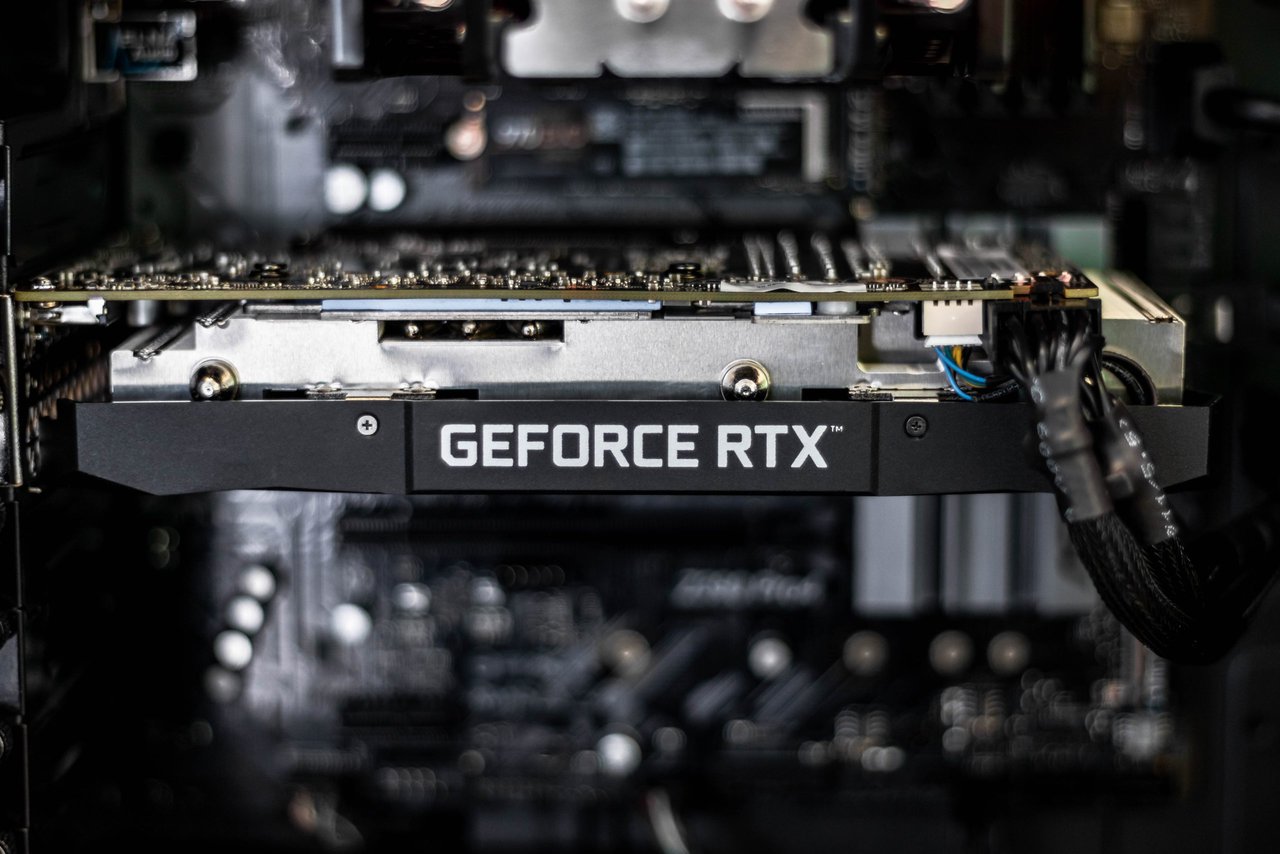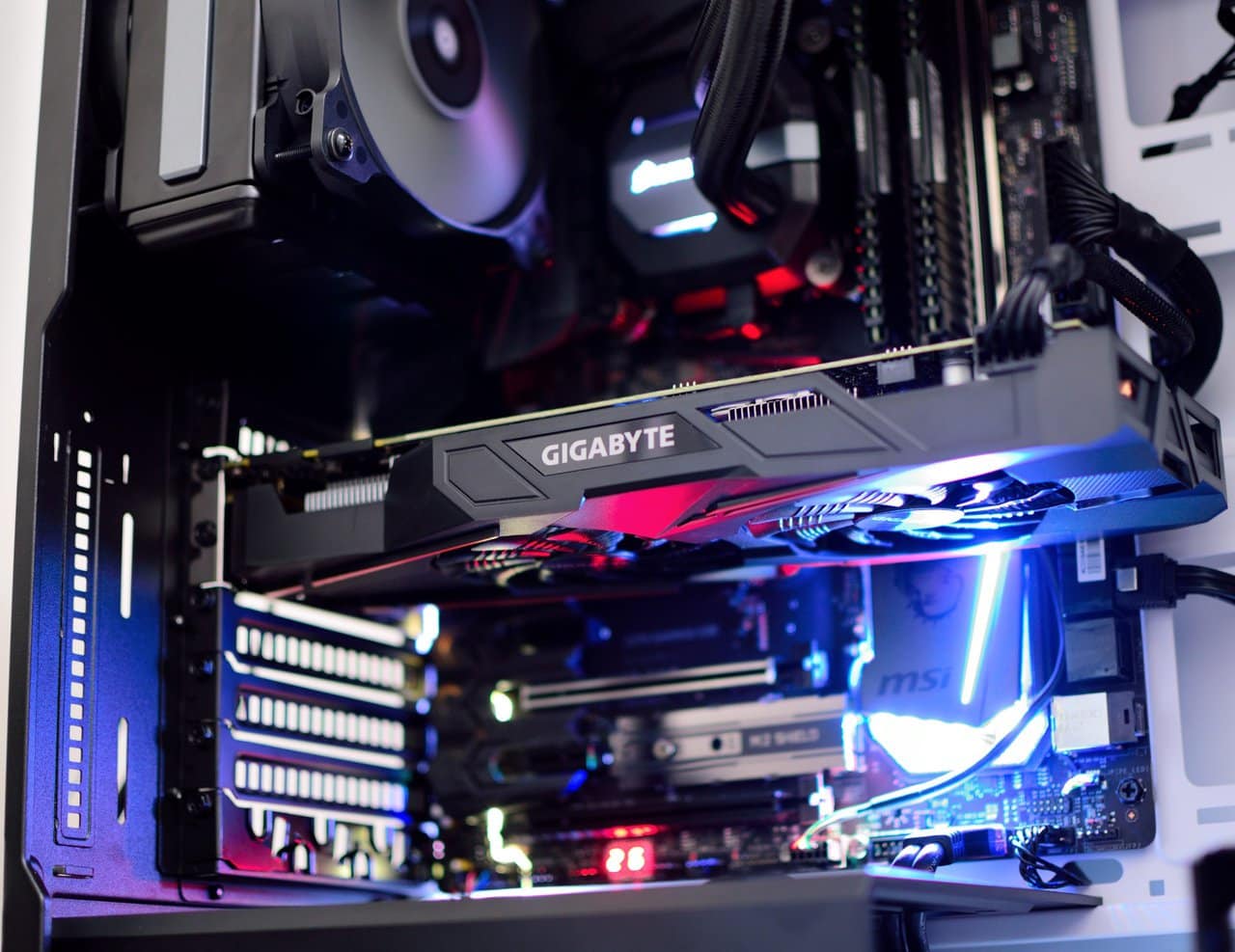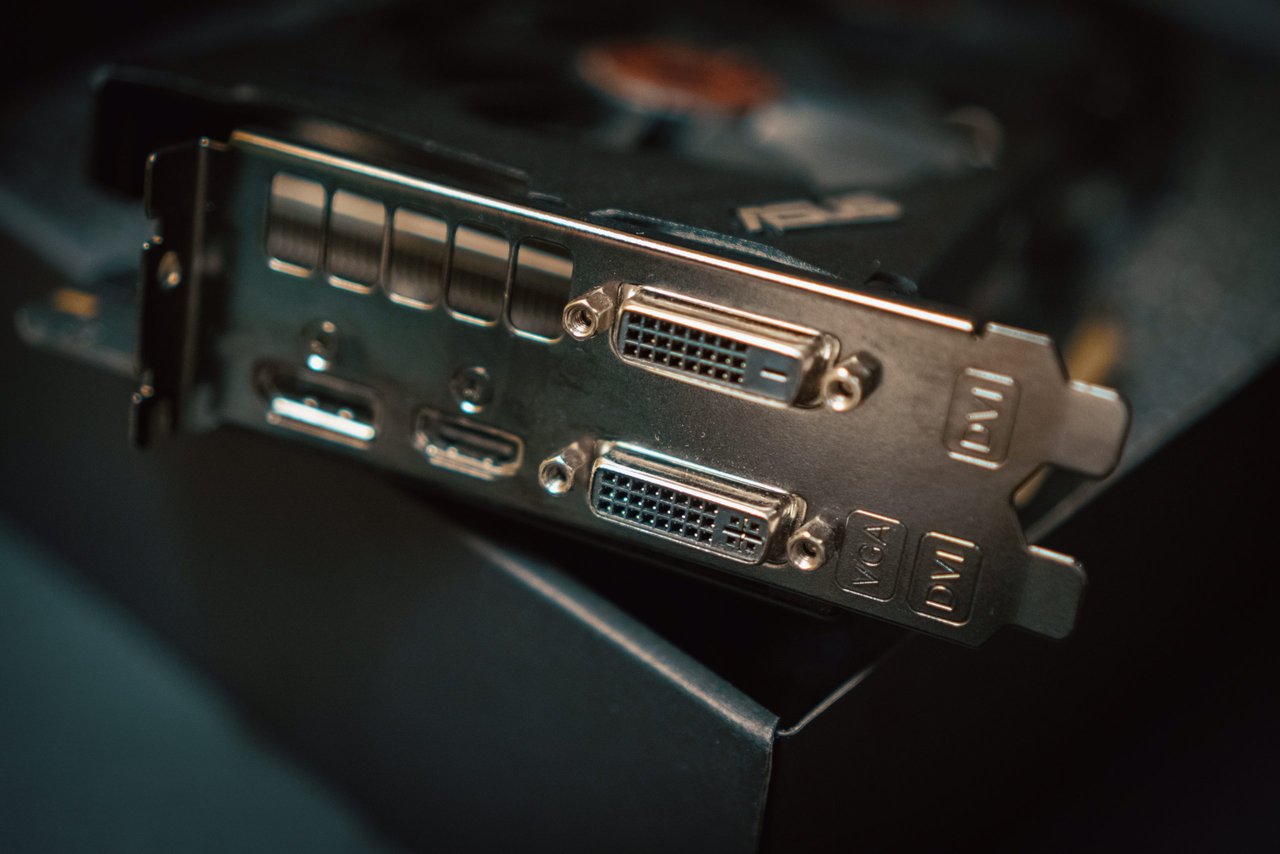Whether you’re a seasoned tech enthusiast or a newcomer to the world of hardware maintenance, understanding how to properly install a graphics card driver is crucial for maximizing the potential of your system. With advancements in graphic technology constantly pushing boundaries, keeping your drivers up-to-date is essential not only for gaming but also for professional design work, video editing, and even everyday multimedia consumption. So buckle up as we delve into the intricacies of a clean installation that will leave you with crisp visuals and an overall smoother computing experience.
Understanding Graphics Card Drivers
Understanding graphics card drivers is essential for maximizing the performance of your computer’s graphics processing unit (GPU). These drivers serve as the intermediary between the operating system and the GPU, facilitating communication and enabling the hardware to function optimally. It’s crucial to grasp that graphics card drivers are not just about enabling basic display functionality; they also include optimizations for various software applications, bug fixes, and performance enhancements.
Furthermore, staying updated with the latest graphics card drivers can have a significant impact on your gaming and graphical experiences. This is because driver updates often contain improvements that can enhance game compatibility, boost overall performance, and even address security vulnerabilities. Conversely, using outdated drivers may result in subpar graphical quality or diminished frame rates in modern games. Therefore, gaining a fundamental understanding of your graphics card driver will help you harness its full potential while staying abreast of critical updates that can optimize your computer’s graphical capabilities.

Preparing for Installation
Preparing for installation is a critical step in ensuring the smooth and successful installation of a graphics card driver. Before beginning the process, it’s important to thoroughly remove any existing drivers to prevent conflicts and performance issues. This can be done using specialized software or through the control panel on your computer. Additionally, verifying that your operating system is up-to-date will help ensure compatibility with the new driver.
It’s also essential to create a backup of your current system before initiating the installation process. This will serve as an insurance policy in case anything goes wrong during the installation, allowing you to easily revert back to a stable configuration. As part of preparing for any significant system changes, including driver updates, knowing how to select all in Mac folder can be incredibly handy. This knowledge allows for quick selection and backup of important files, thereby minimizing the risk of data loss. It’s a small but crucial step in ensuring that your digital workspace remains organized and secure, especially when undertaking tasks that could potentially disrupt system settings.
Finally, downloading the latest version of the graphics card driver from the manufacturer’s official website is crucial for obtaining optimal performance and compatibility with your hardware and software setup. These preparatory steps are fundamental in setting the stage for a clean and successful graphics card driver installation.
Uninstalling Old Drivers
Uninstalling old drivers is a crucial step in ensuring a clean installation of a new graphics card driver. Old drivers can conflict with the new ones and lead to performance issues or system instability. To start, navigate to the Device Manager on your computer and locate the current graphics card driver under the Display adapters section. Right-click on the driver and select Uninstall to begin the removal process.
Once you’ve uninstalled the old drivers, it’s important to thoroughly clean any remaining files or registry entries. This can be achieved using third-party software or dedicated cleaning tools provided by the graphics card manufacturer. By completely removing remnants of previous drivers, you create a clean slate for installing the new one, ensuring optimal performance and compatibility with your system. Remember that taking these extra steps will not only prevent potential conflicts but also contribute to a smoother installation process overall.

Installing New Drivers
Installing new drivers is a critical step in optimizing your system’s performance, particularly when upgrading your graphics card. It’s essential to start by completely uninstalling the existing drivers to avoid any conflicts or compatibility issues. This ensures a clean slate for the new driver installation and allows it to function at its best.
Before beginning the installation process, make sure to download the latest driver from the manufacturer’s official website rather than relying on outdated versions provided by Windows Update. Additionally, consider using third-party software such as Display Driver Uninstaller (DDU) to thoroughly remove all remnants of previous drivers, guaranteeing a smoother installation with minimal hiccups.
By taking these steps and ensuring that you have access to the most up-to-date driver, you can enhance your system’s stability, performance, and compatibility with the latest games and applications. With updated drivers installed correctly, you can experience better graphics quality and potentially unlock additional features offered by your hardware – providing an immersive and seamless computing or gaming experience.
Troubleshooting Common Issues
Even after a clean installation of a graphics card driver, some users may encounter common issues that can be frustrating. One of the most frequent issues is encountering a black screen or display flickering after installing the driver. This problem can often be attributed to outdated firmware or conflicting software. In such cases, performing a system update and checking for any conflicting programs can resolve the issue.
Another common issue is experiencing poor performance or graphical glitches despite the new driver installation. This may occur due to inadequate power supply to the graphics card or overheating. Ensuring that your power supply meets the requirements of your graphics card and adequately cooling your system can alleviate these issues, allowing you to fully harness the potential of your new driver installation.

Conclusion
In conclusion, a clean installation of your graphics card driver is essential for maximizing the performance of your GPU and ensuring smooth gaming and visual experiences. By following the steps outlined in this guide, you can avoid potential conflicts and issues that may arise from outdated or corrupted drivers. Additionally, taking the time to thoroughly remove previous driver versions before installing new ones can help prevent compatibility errors and instability in your system.
It’s important to note that keeping your graphics card driver up to date is not only about improving performance but also increasing security. New updates often include bug fixes and patches for vulnerabilities that could be exploited by malicious actors. Therefore, making clean installations a regular part of your system maintenance routine can contribute significantly to a safer and more efficient computing experience. Overall, prioritizing the health of your GPU through proper driver installation is crucial for getting the most out of your hardware investment.
